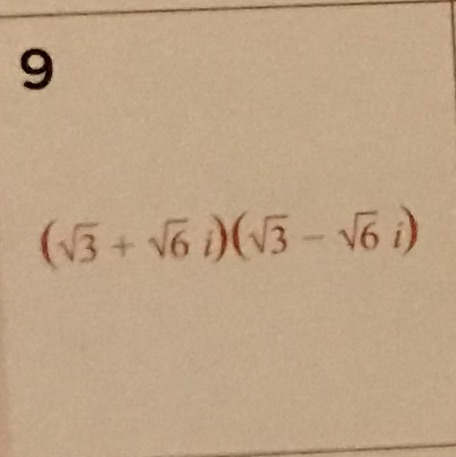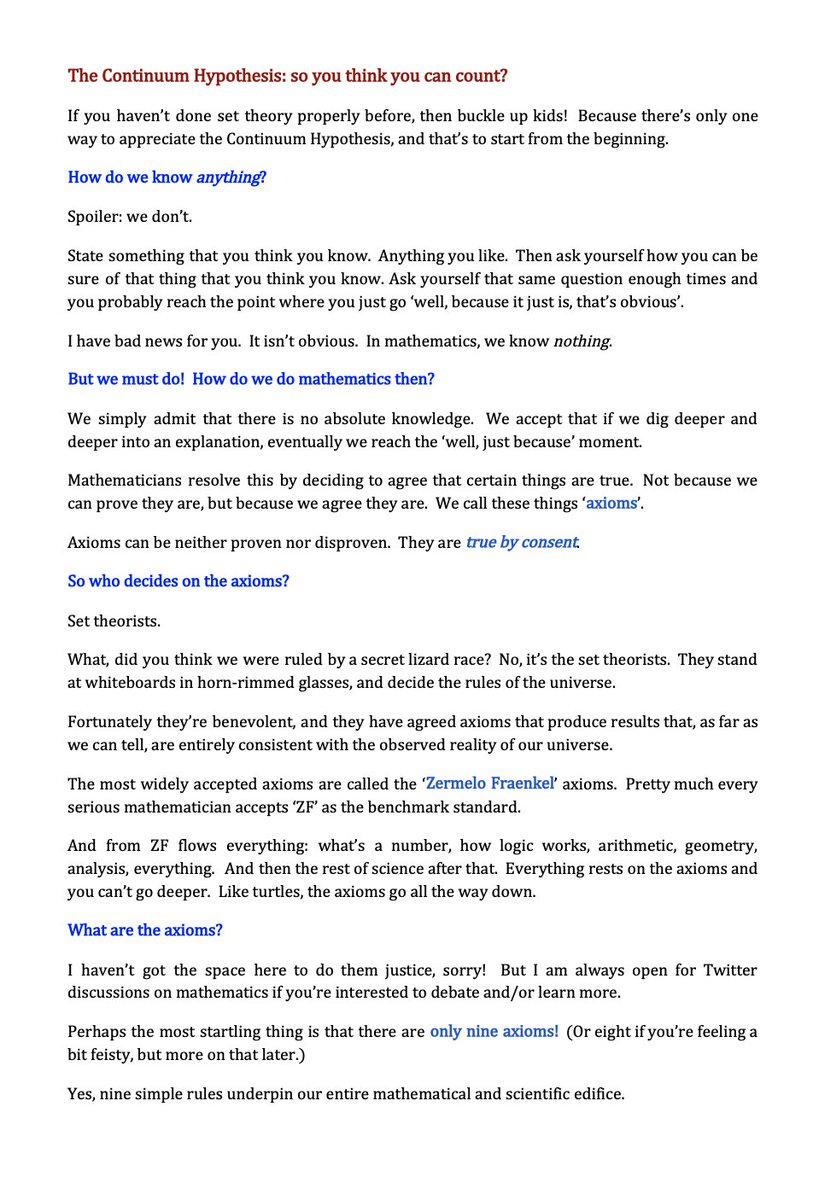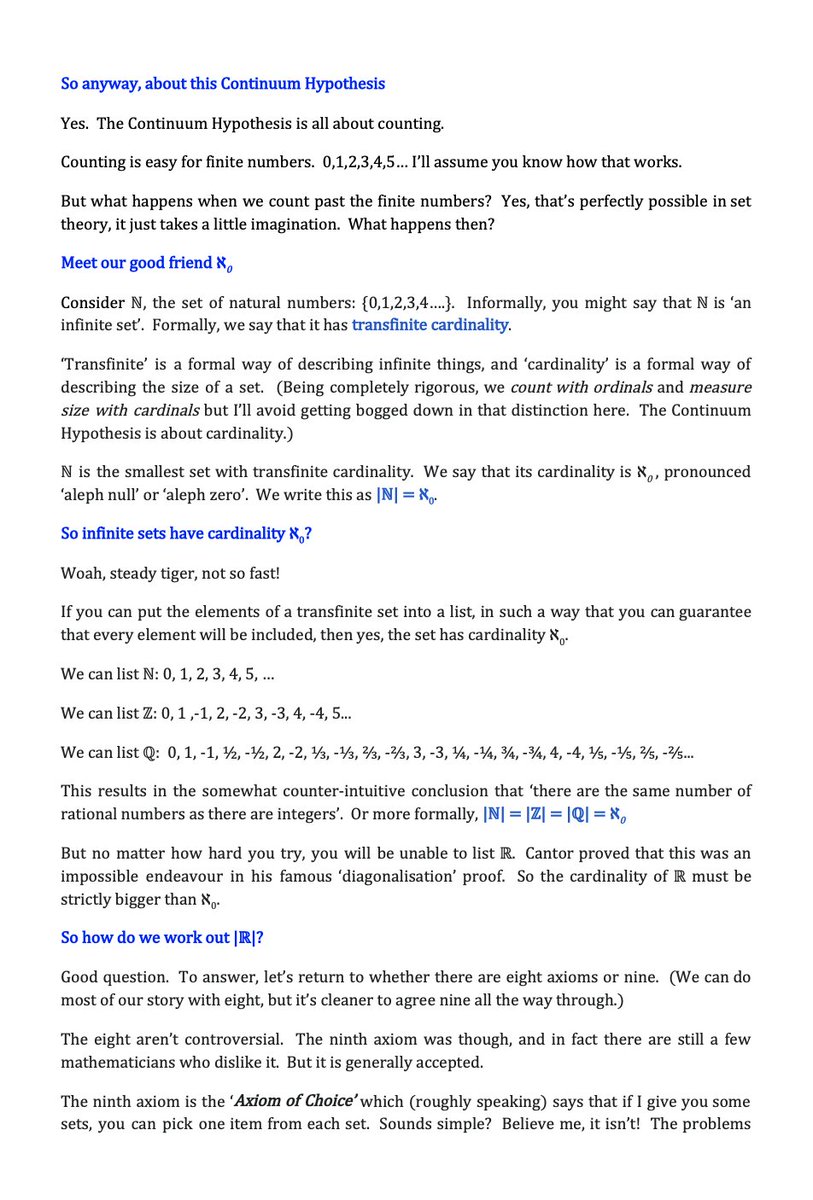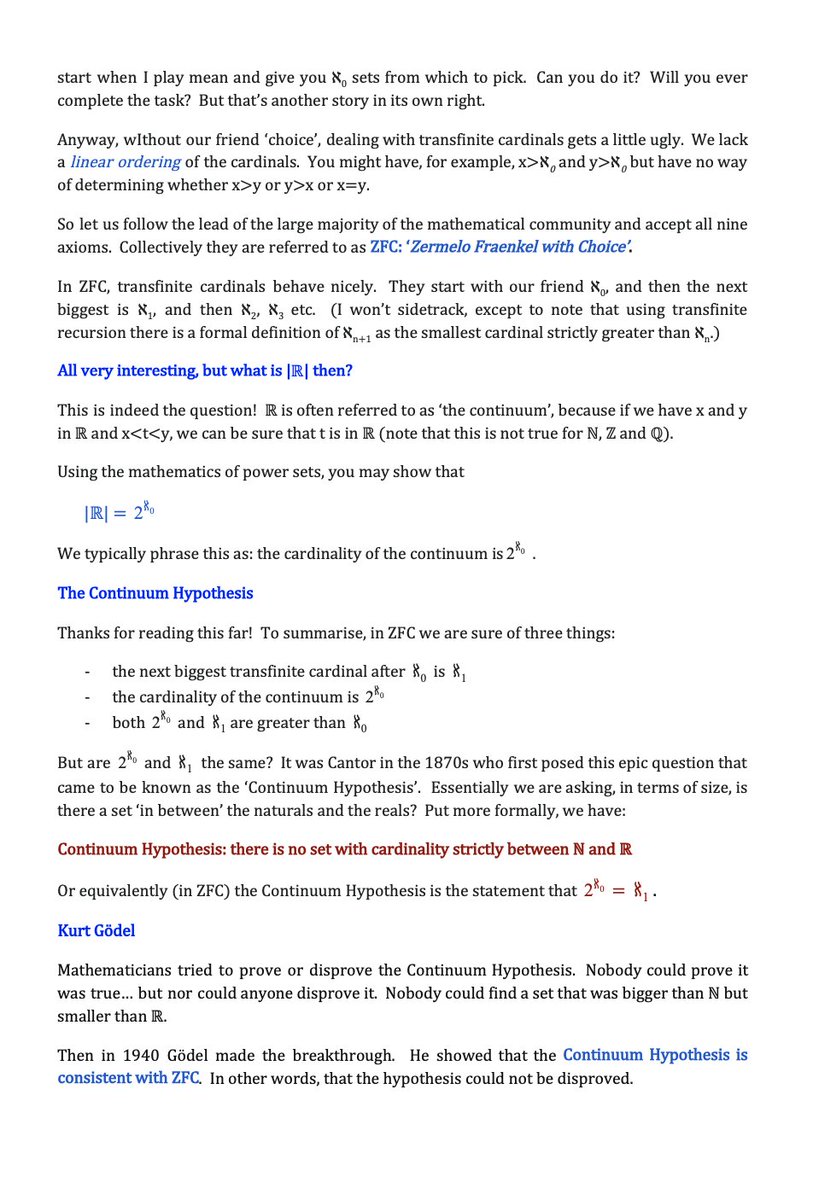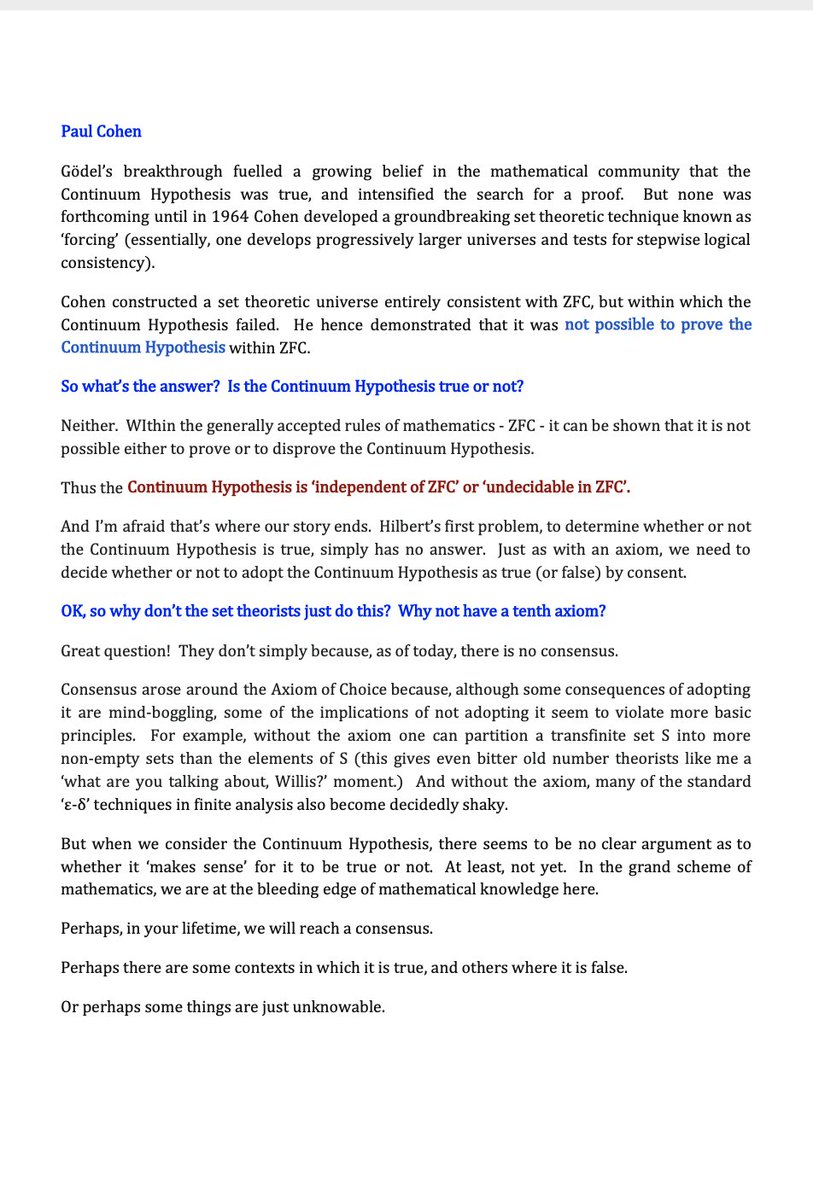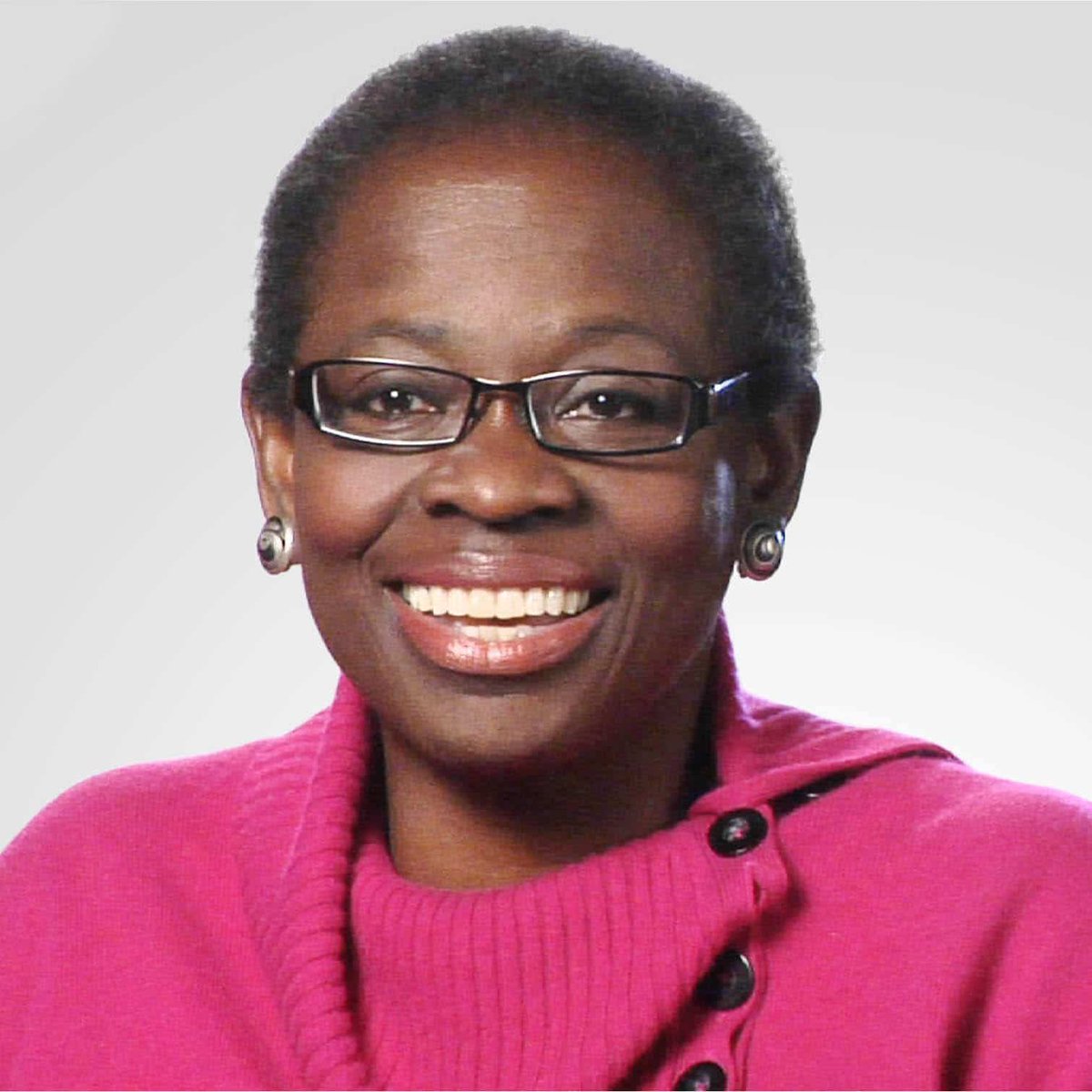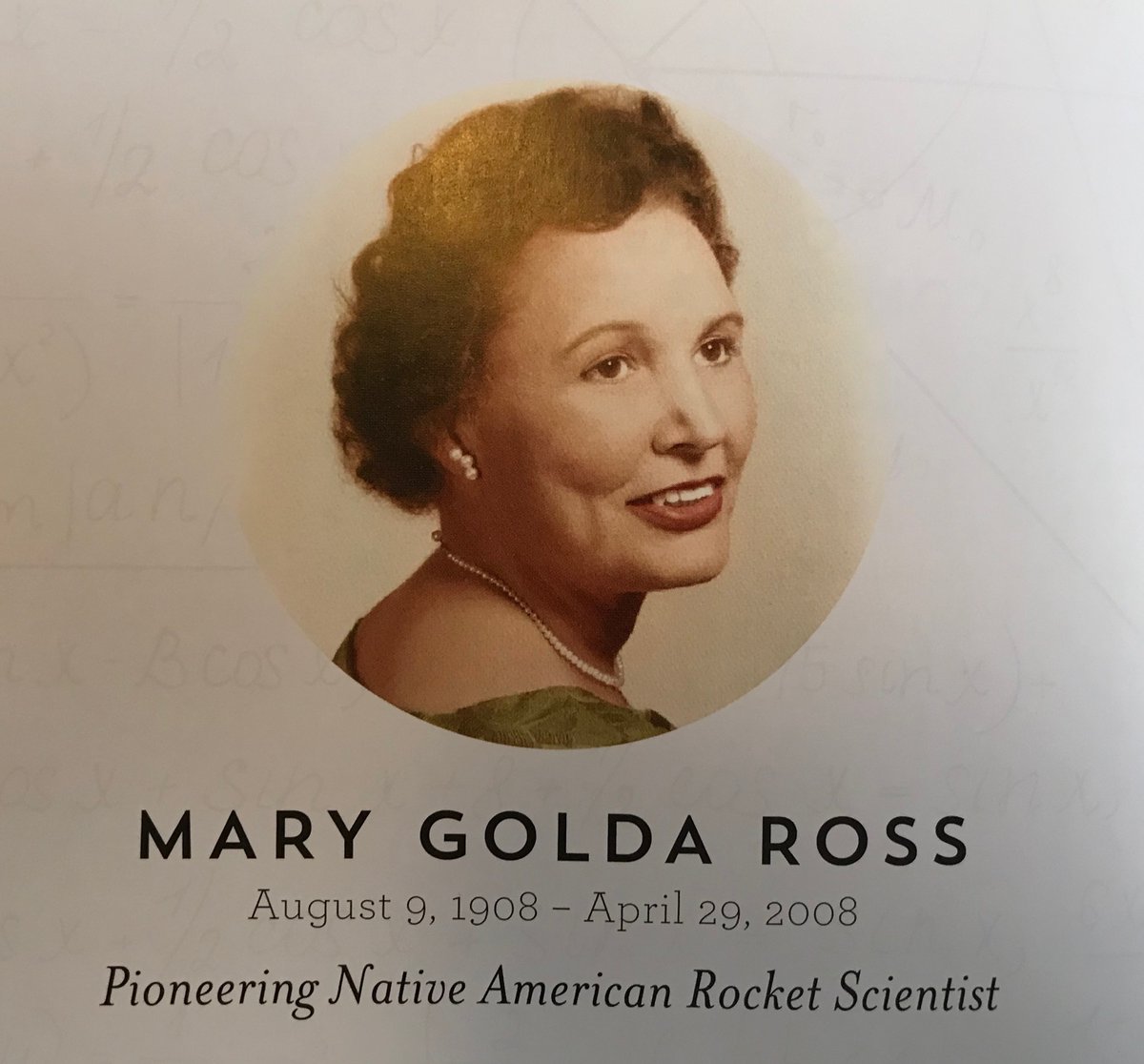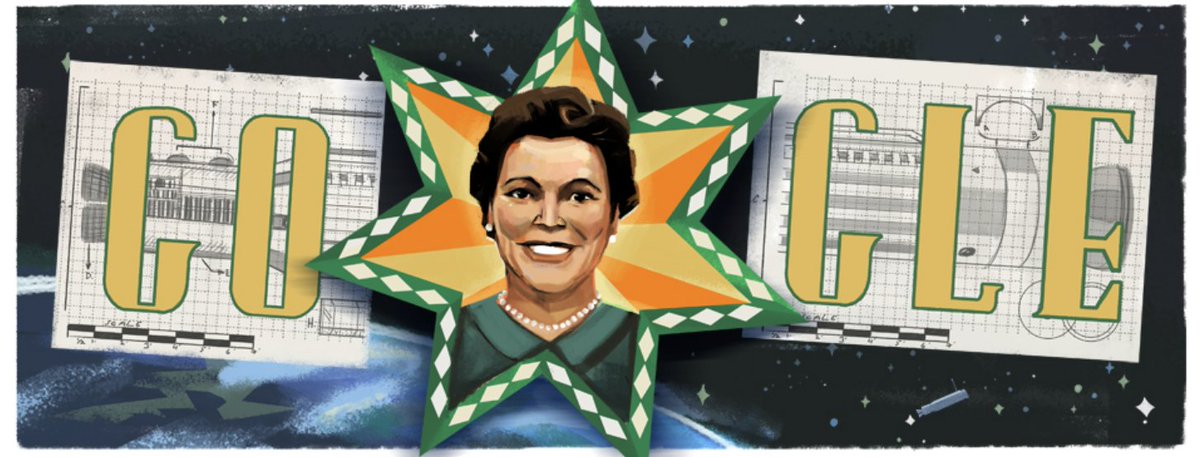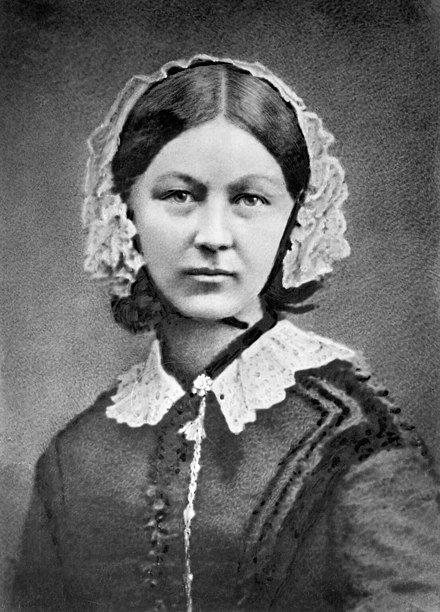
GREAT WOMAN OF MATHEMATICS: MARIA AGNESI, 1718-1799. First woman to be appointed to a maths professorship (University of Bologna). Child prodigy who spoke 7 languages by age 11. Though she had many opportunities to study, growing up in a wealthy family, she chose mathematics 1/7 

because "experience-derived knowledge is fallible," whereas mathematical knowledge is certain, provable, and not subject to human interpretation. She was one of 21 siblings, becoming a surrogate mother to many of the younger ones after their mother died. She took over their 2/7 
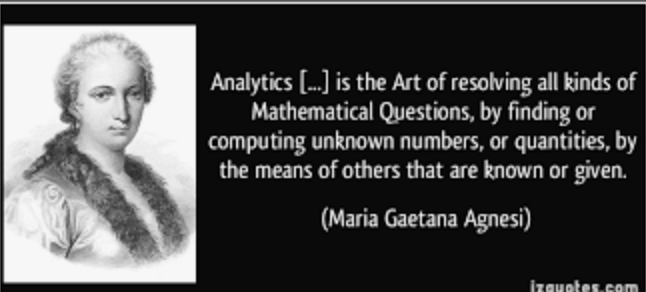
education and, finding all available mathematics texts inadequate, wrote one herself. It was the first textbook to teach both differential and integral calculus, and was crucial to maths education across Europe for generations. That text is online: archive.org/details/analyt… 3/7
Possibly the most well-known of her mathematical achievements is the cubic curve known today as the "Witch of Agnesi," a mistranslation of the Italian word "versiera," mistaken for the word for witch, "versicra." Her textbook and extremely high level of mathematical 4/7 

innovation and insight gave her such a high level of renown that the Pope offered her the position of chair of the mathematics department at the University of Bologna. Despite being a deeply religious woman, she turned the Pope down (!!!) and decided to do something else with 5/7
the rest of her life. "I hope my studies have brought glory to God...now I have found better ways and means to serve others." Those better ways and means involved starting hospitals, including one in her own home, for the poor, sick, and homeless. Agnesi died at age 80, and 6/7 
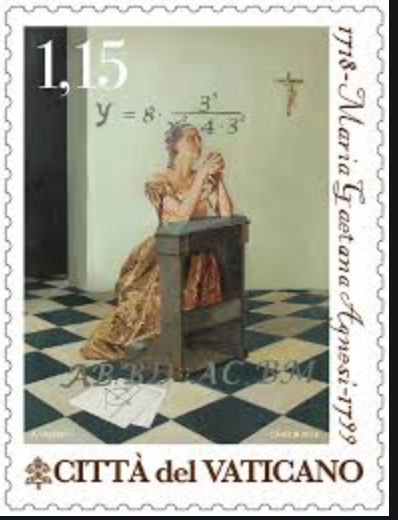
was buried in a pauper's grave because she had given away all her wealth. She thus died as she lived, in the service of her fellow humans and operating out of her sense of duty to do good work, ask good questions, and commit good deeds, largely motivated by religious faith. /end
• • •
Missing some Tweet in this thread? You can try to
force a refresh



